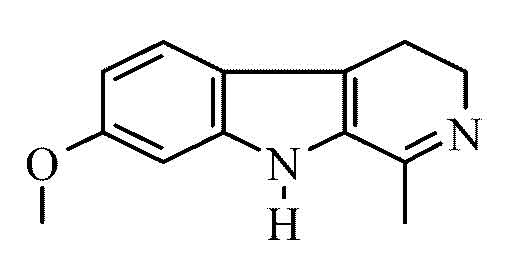
...
I have also read that pyridine has been reduced to piperidine using H2SO4 or TsOH, I think with a lead anode, and sufficient amperage per cubic cm.
...
So I'm really not seasoned with organic chemistry hence why this is in the beginners sub-forum.


 . Cheap starting materials,
relatively non-toxic procedures, good practice, etc. I'm really interested in beta-carbolines themselves for reasons sedit has touched on above.
Besides reducing CuSO4 is fun for a while but this power supply wants to have more fun.
. Cheap starting materials,
relatively non-toxic procedures, good practice, etc. I'm really interested in beta-carbolines themselves for reasons sedit has touched on above.
Besides reducing CuSO4 is fun for a while but this power supply wants to have more fun.